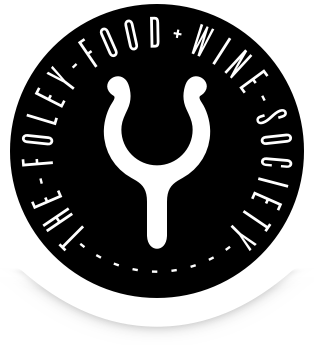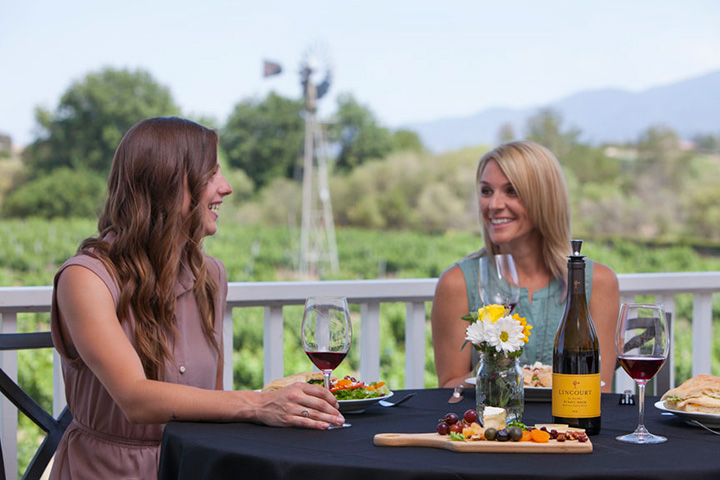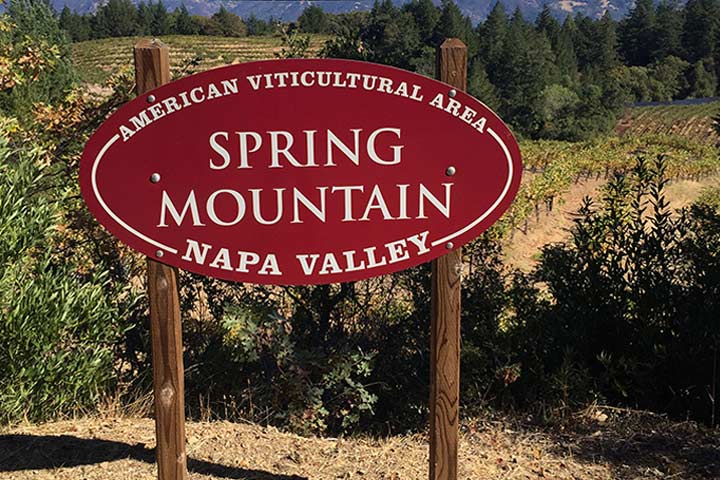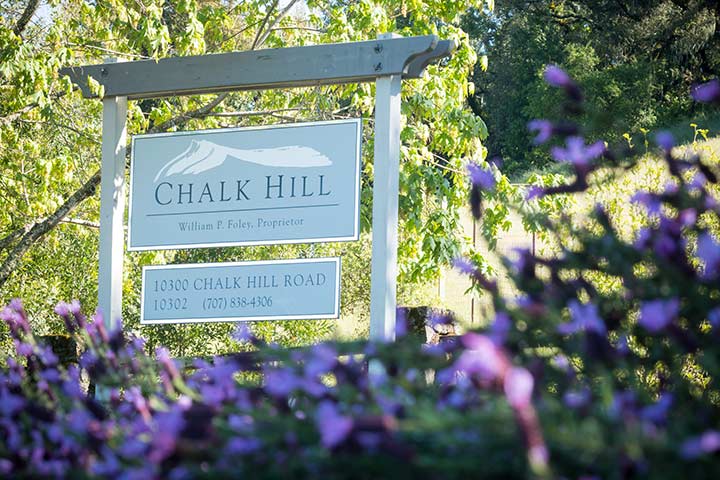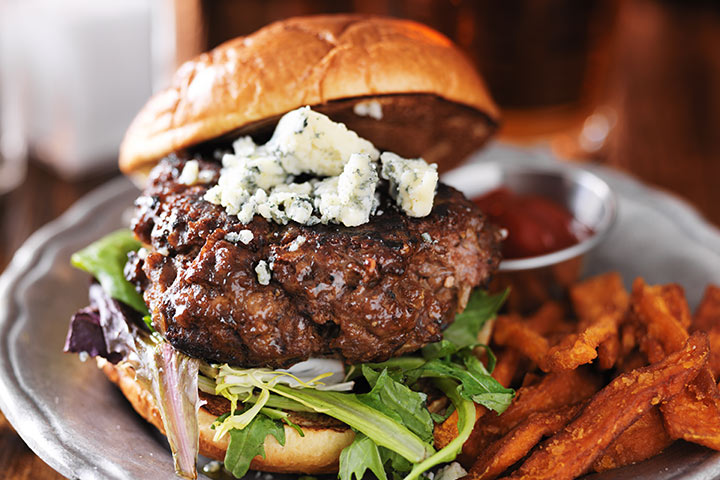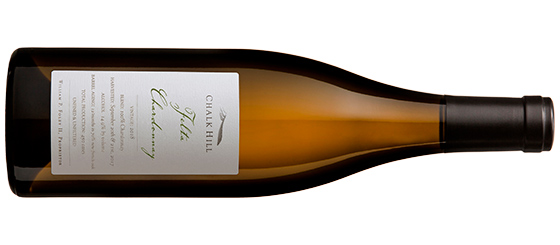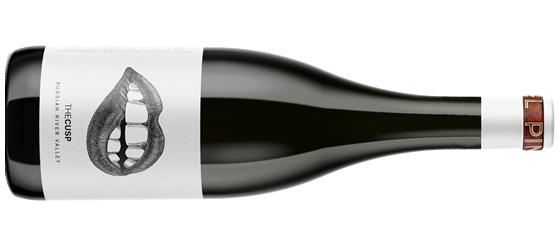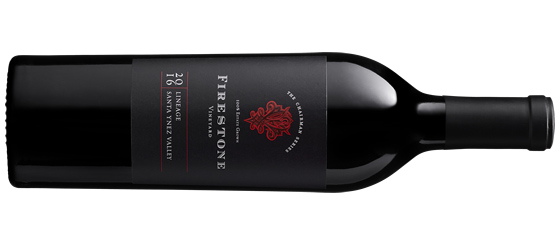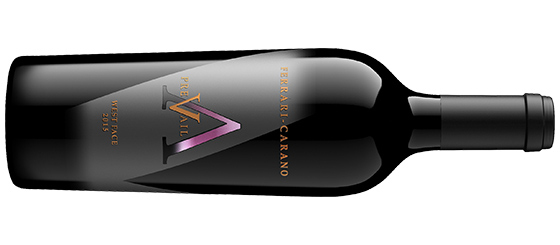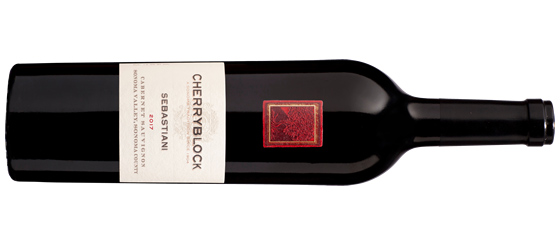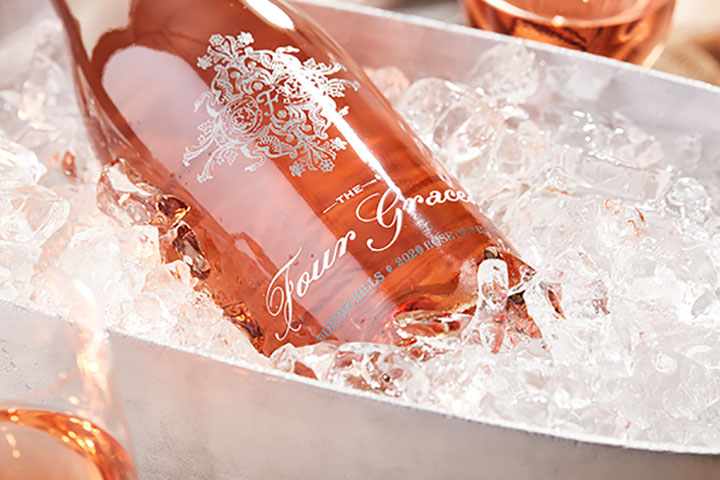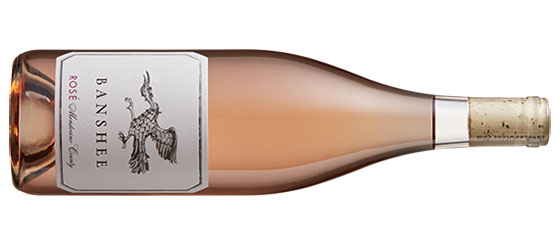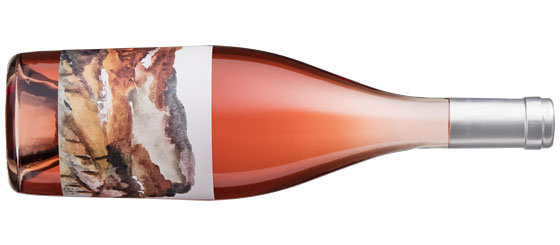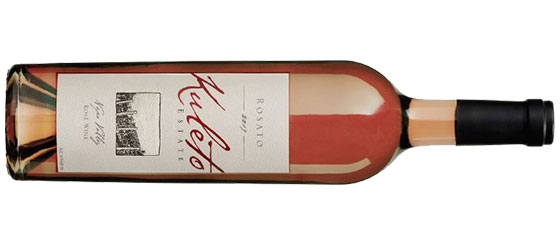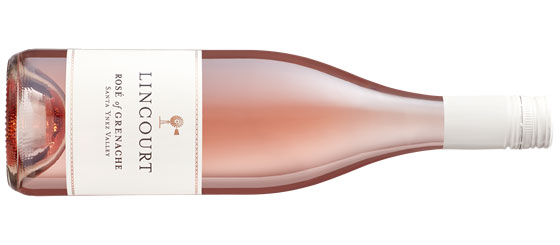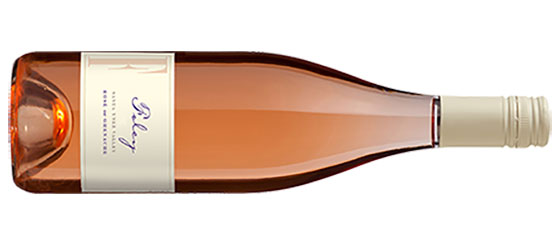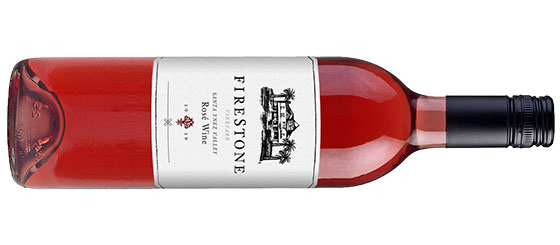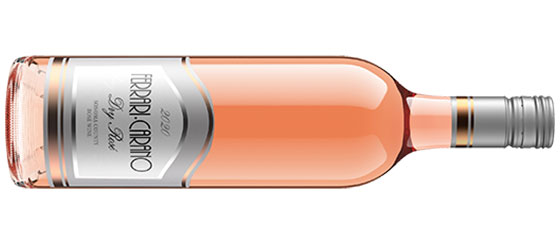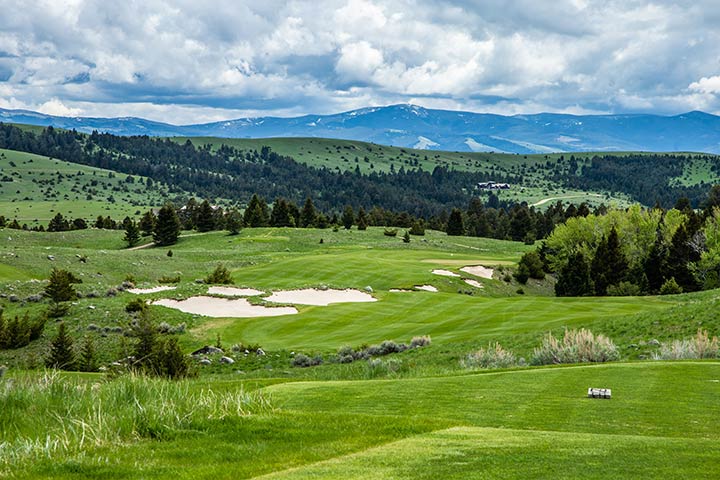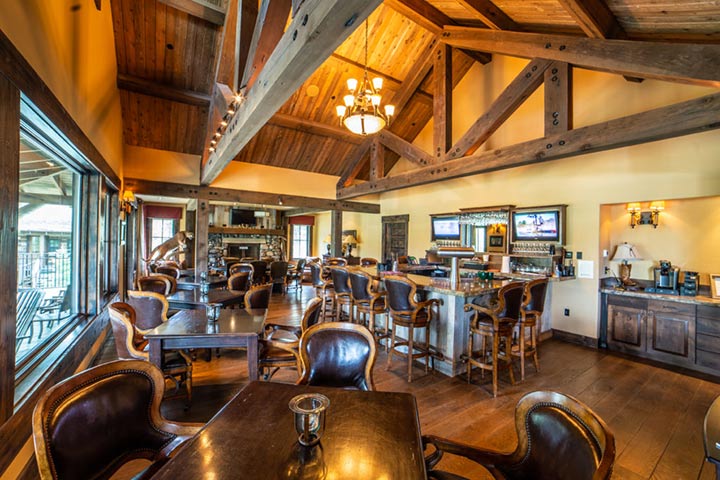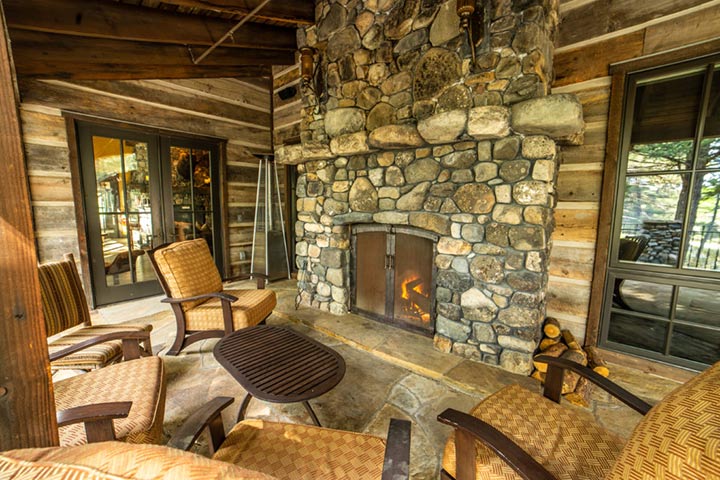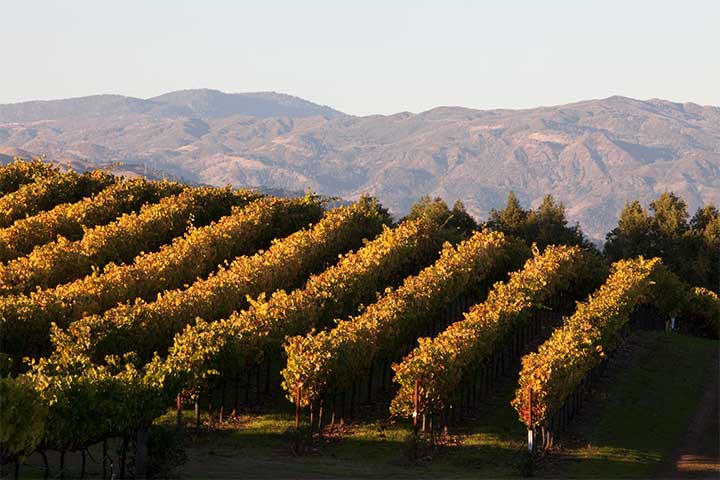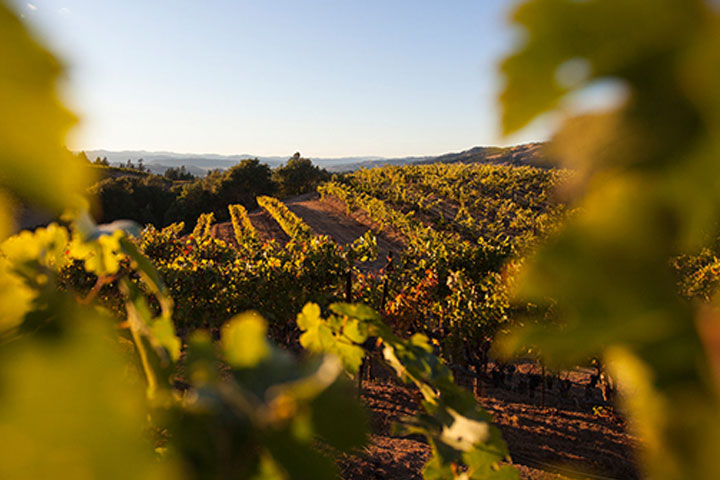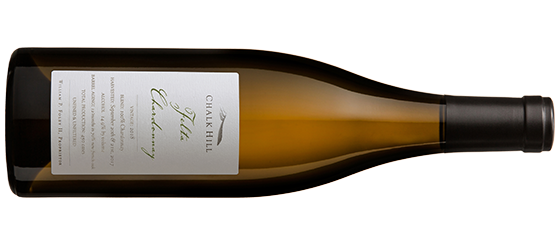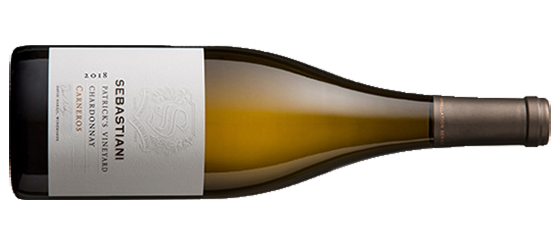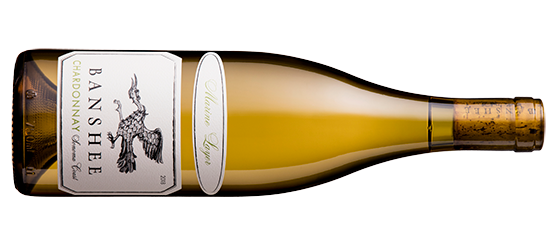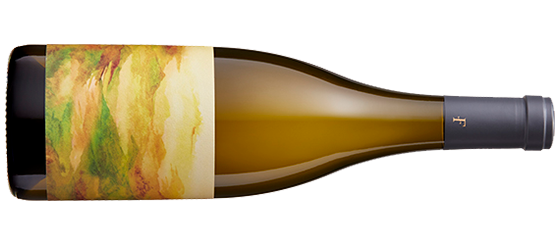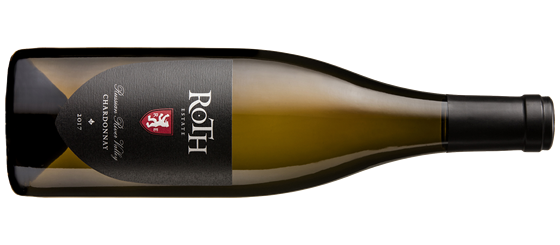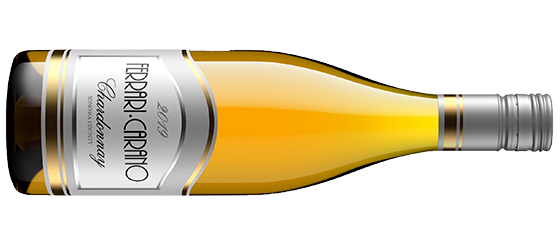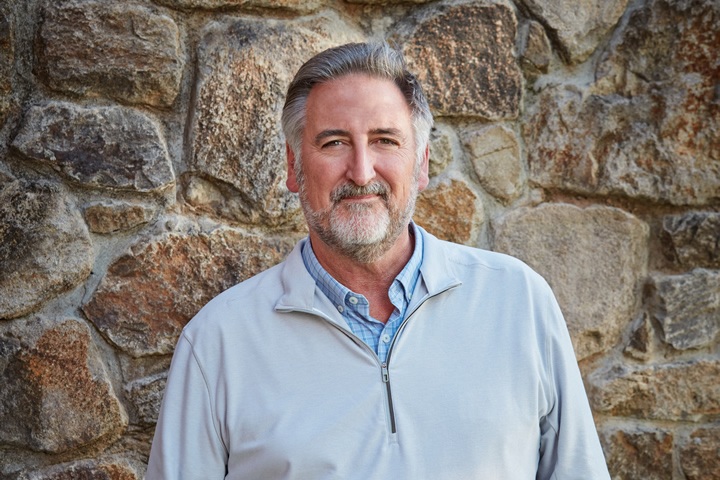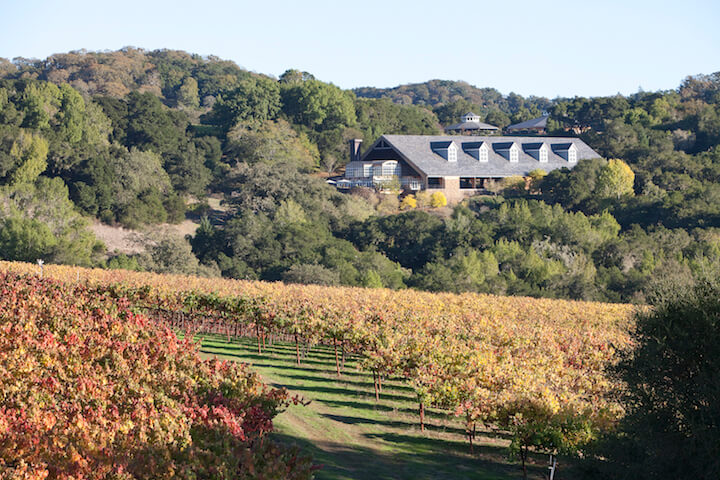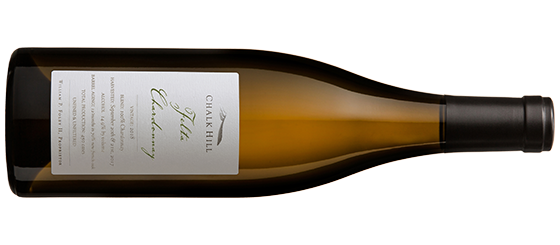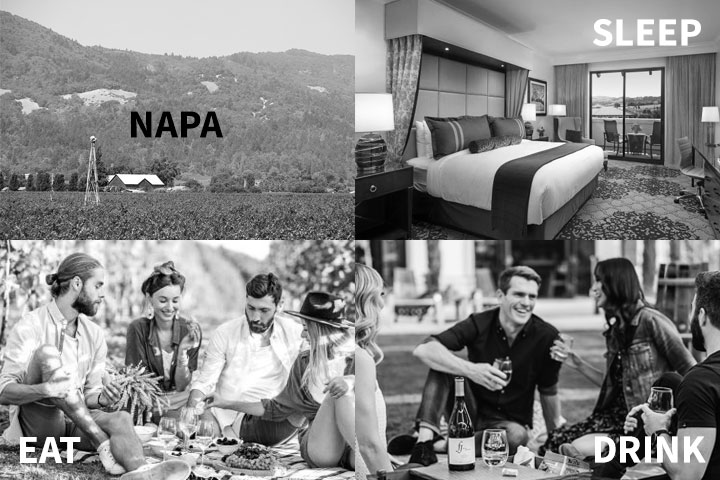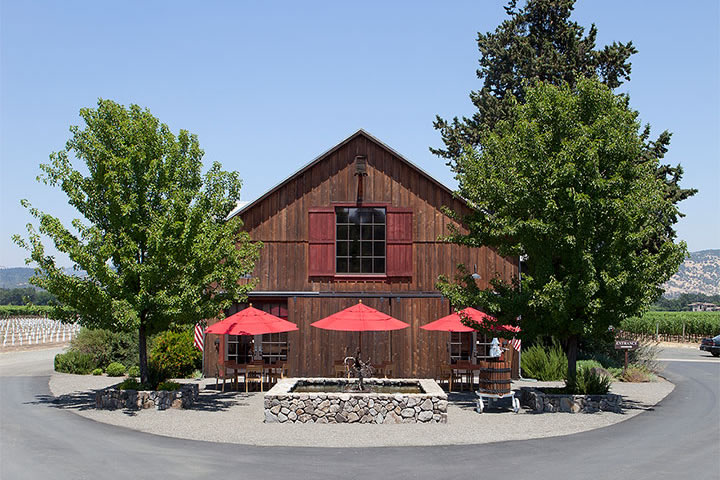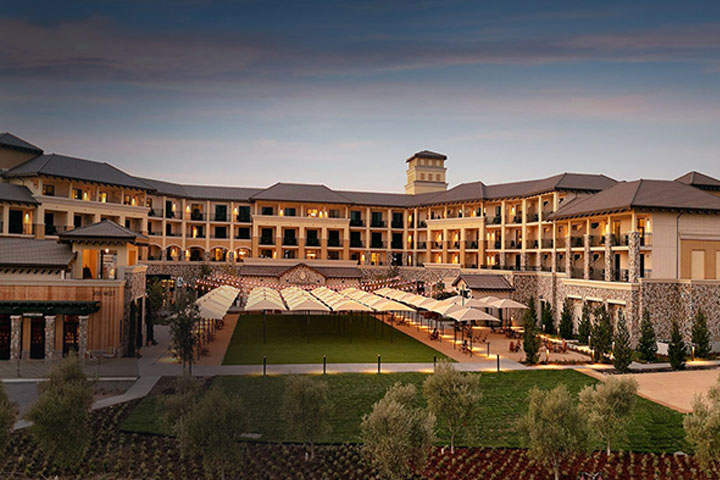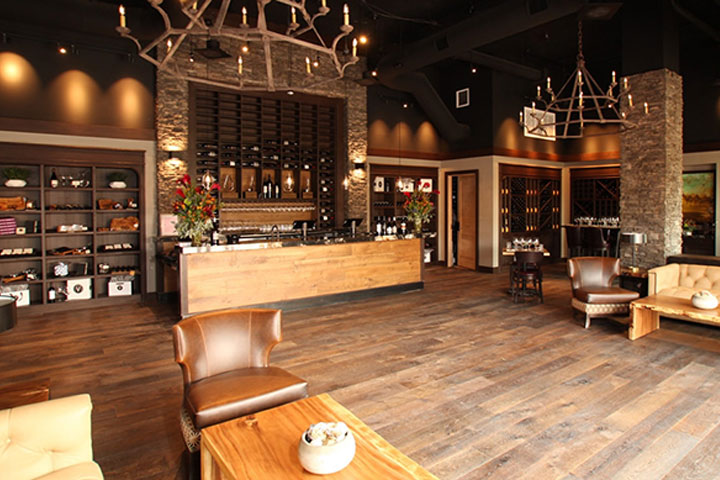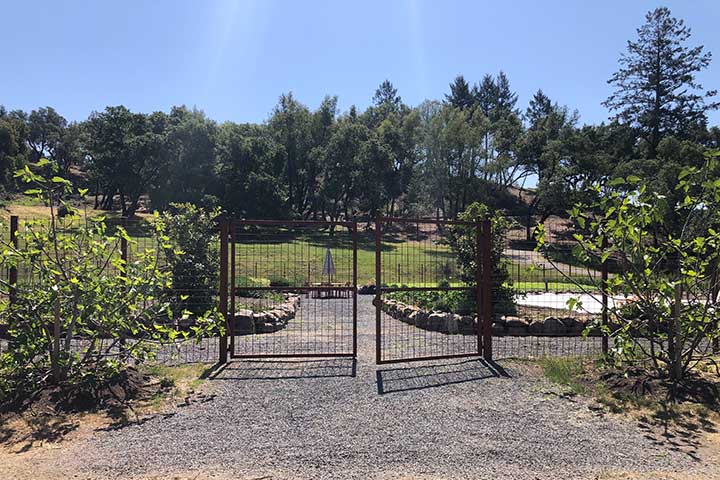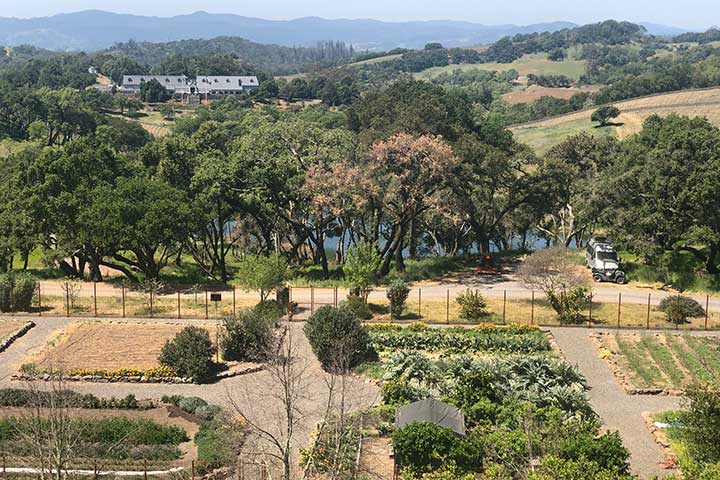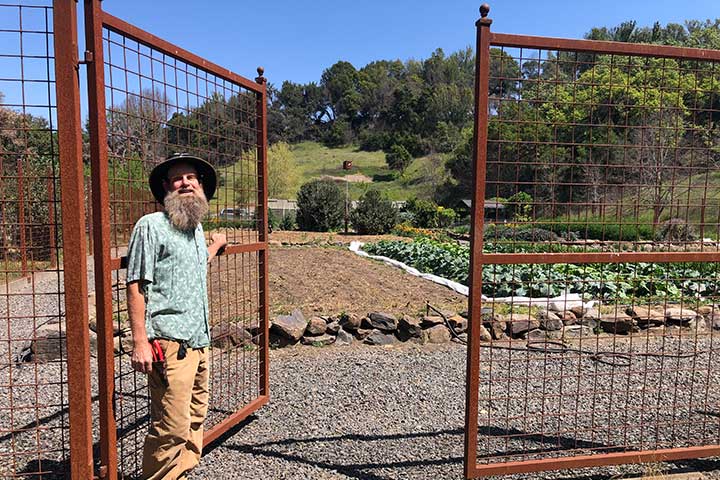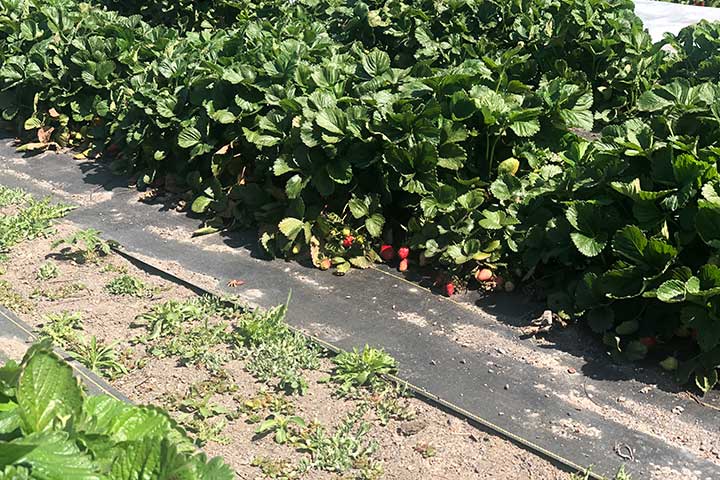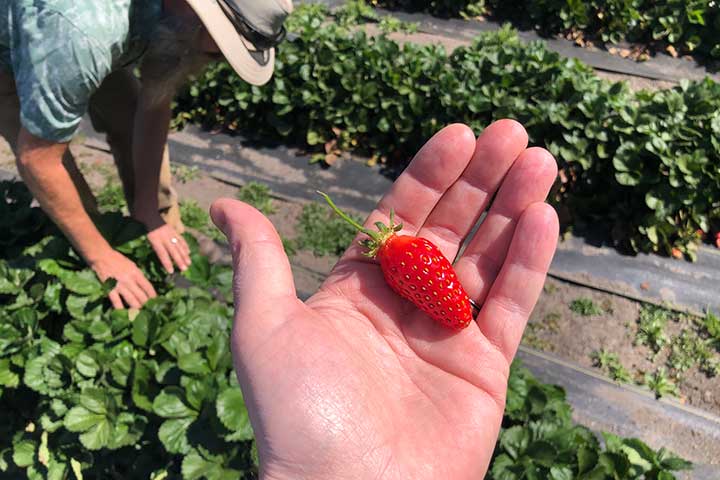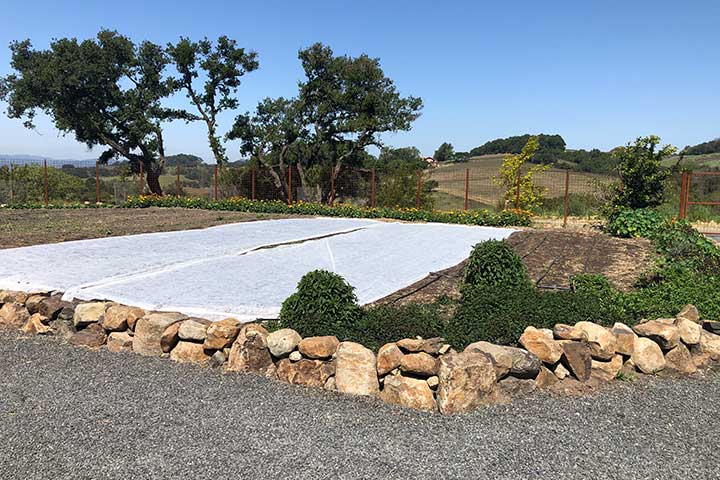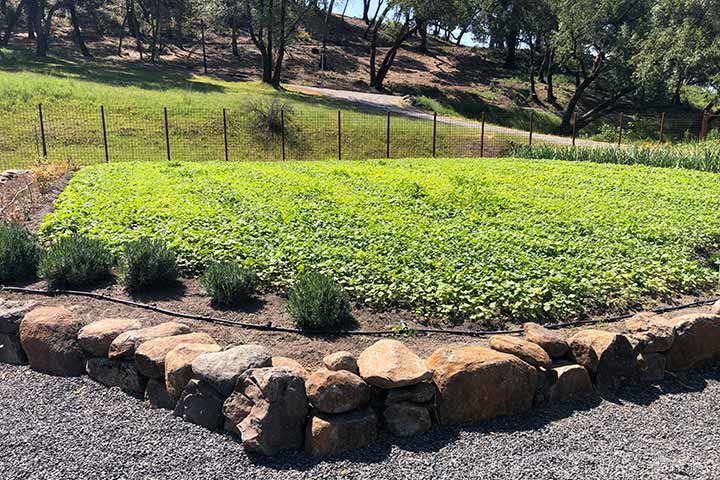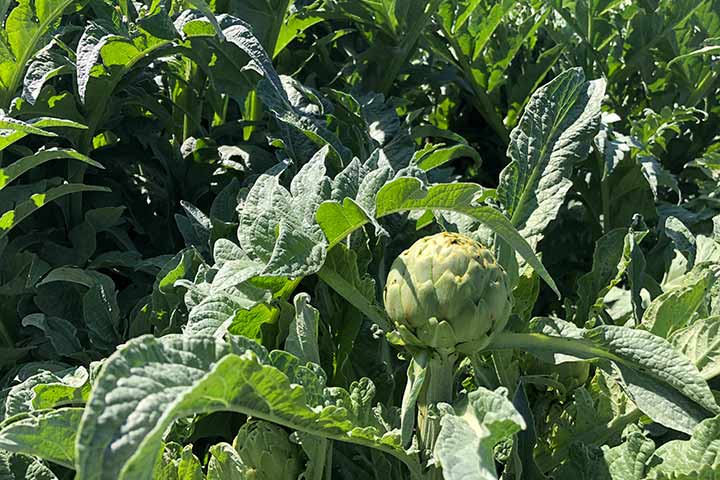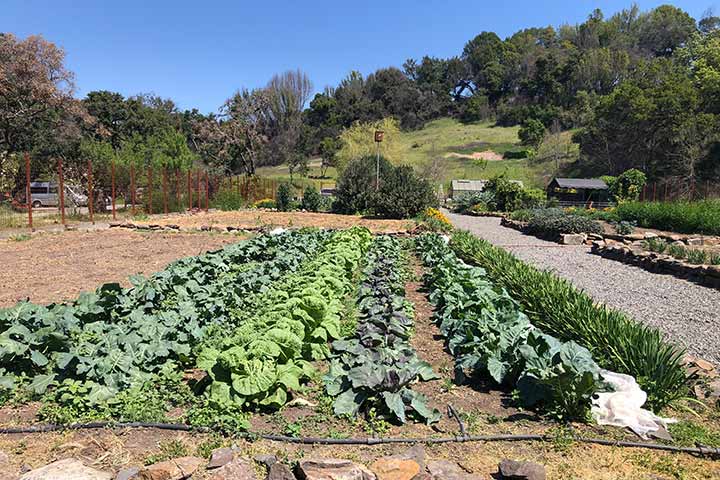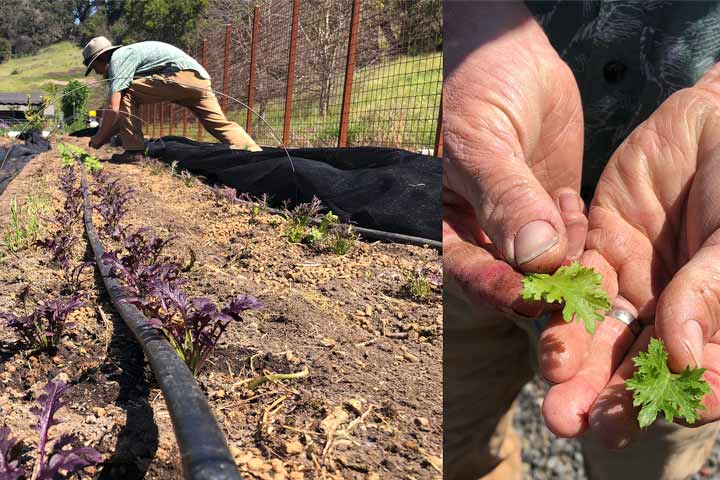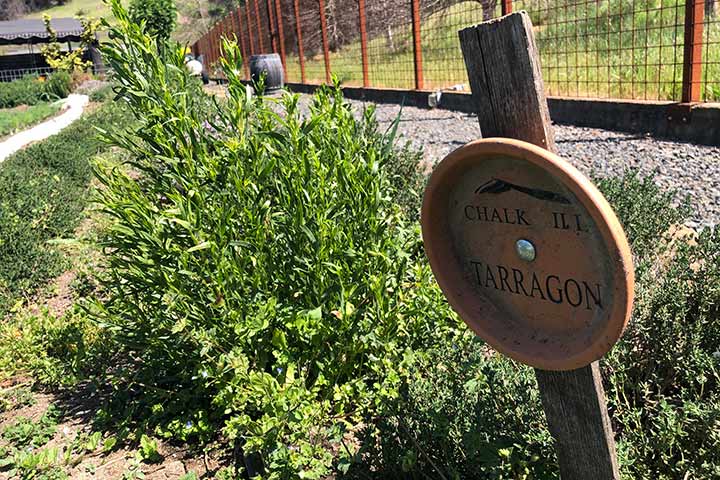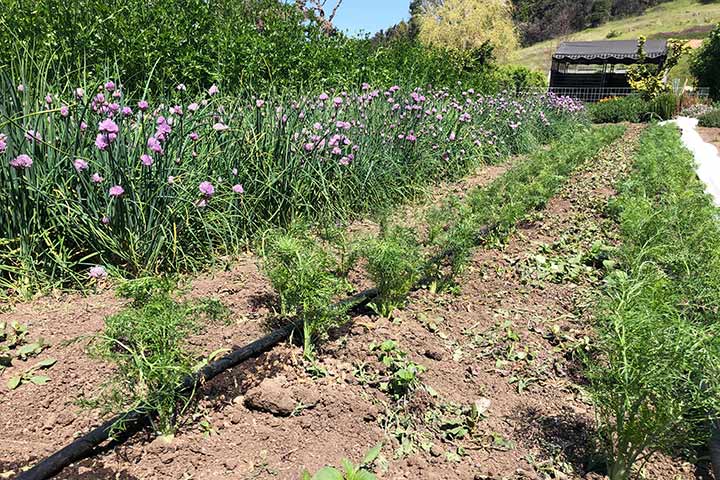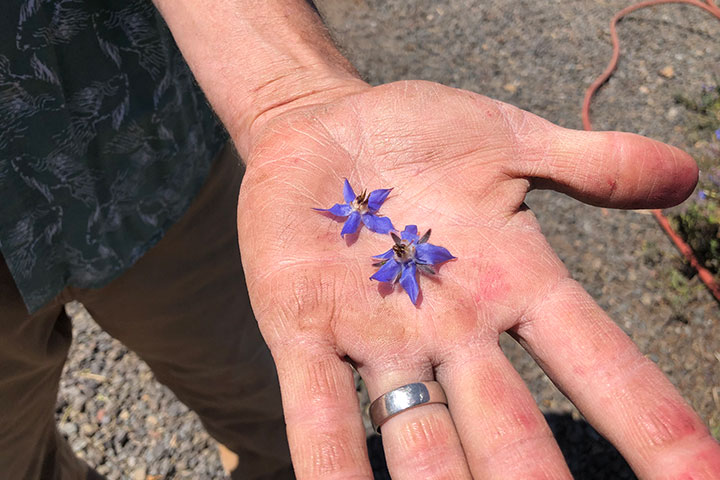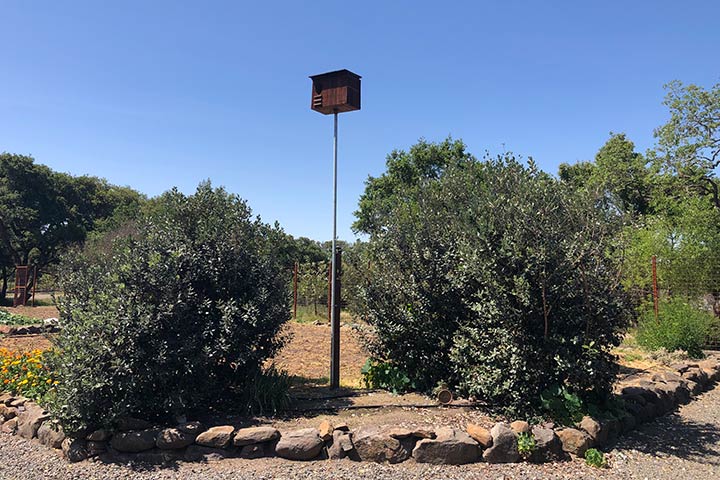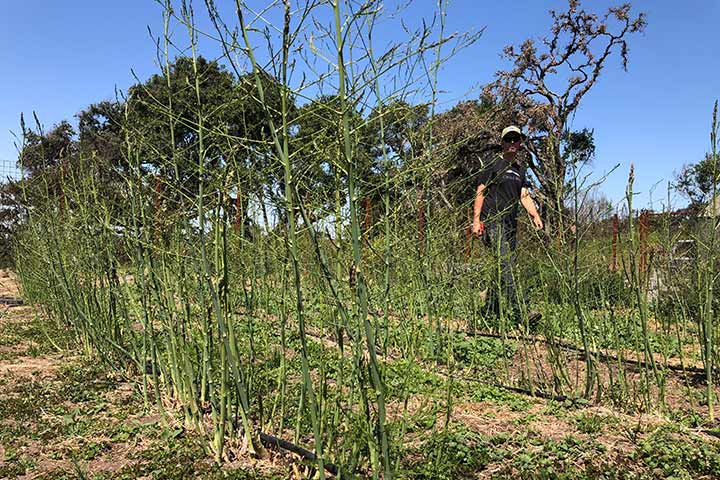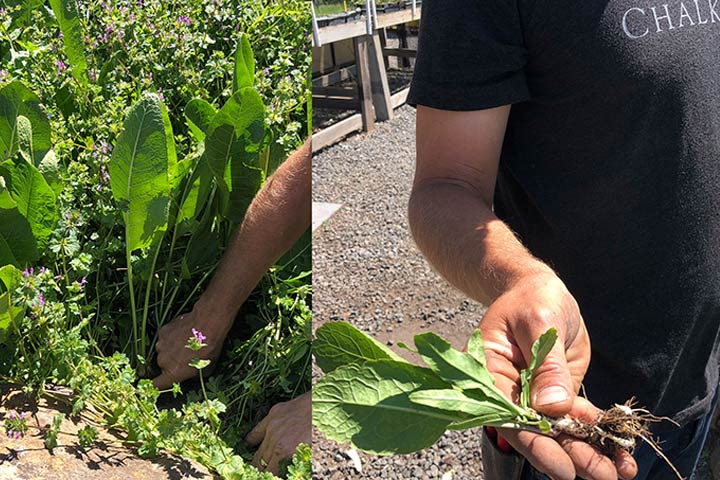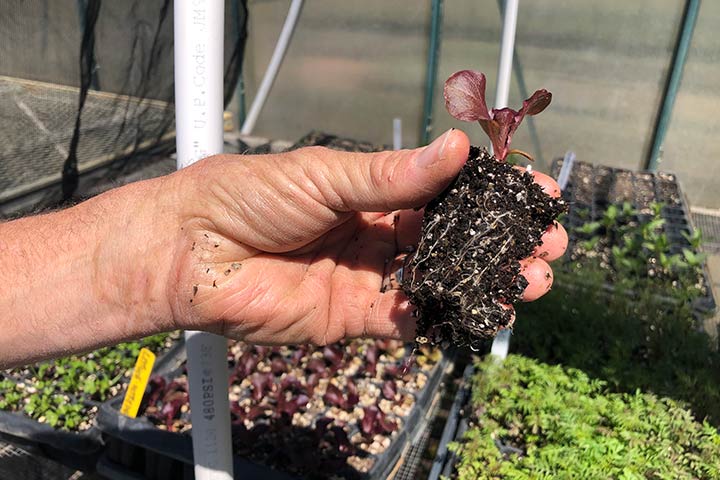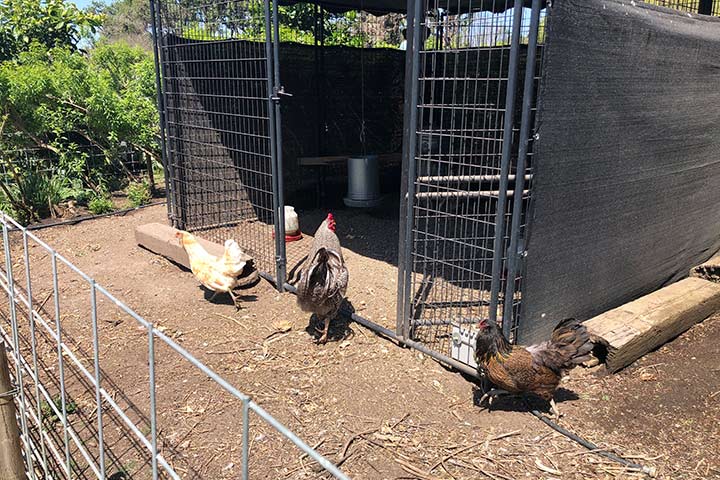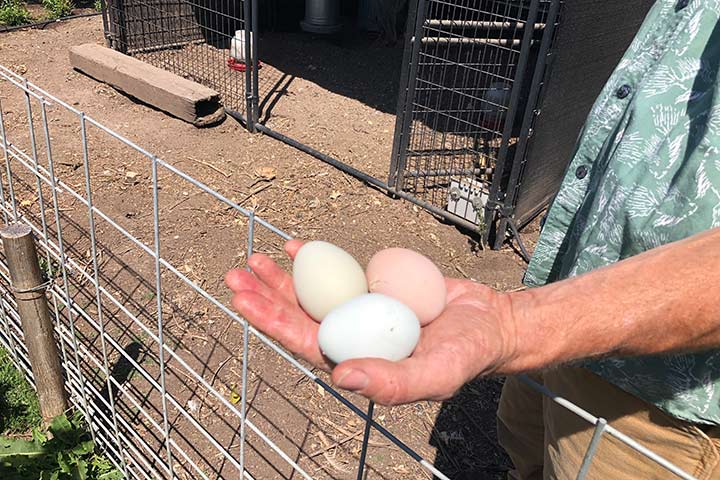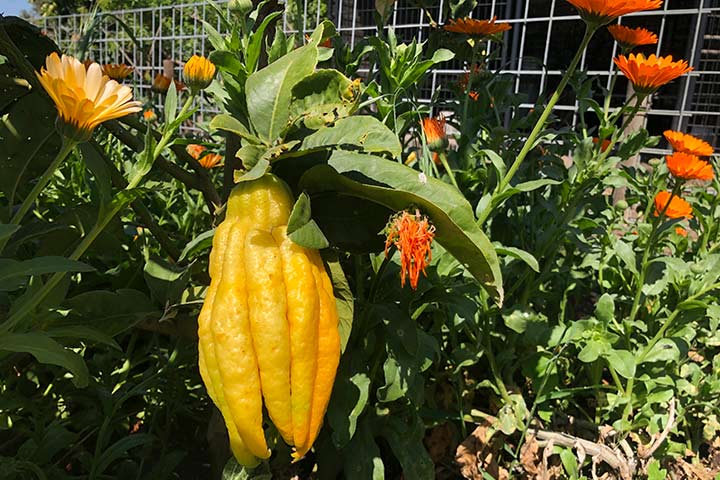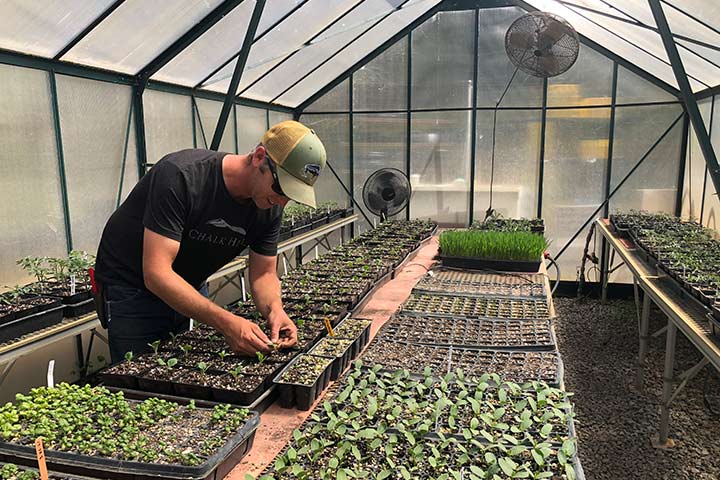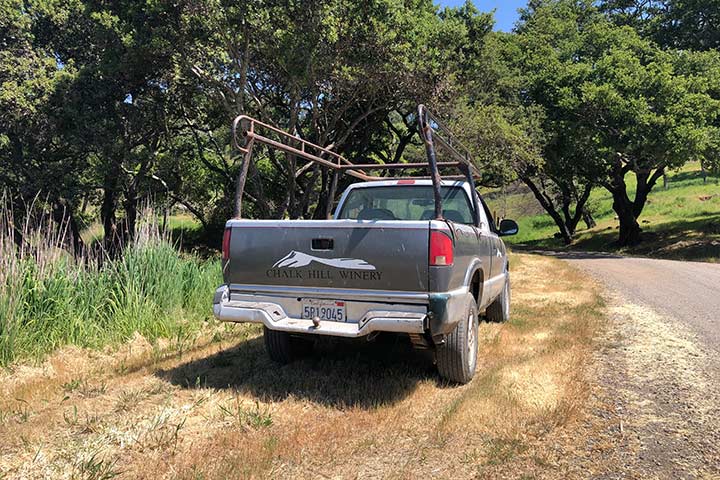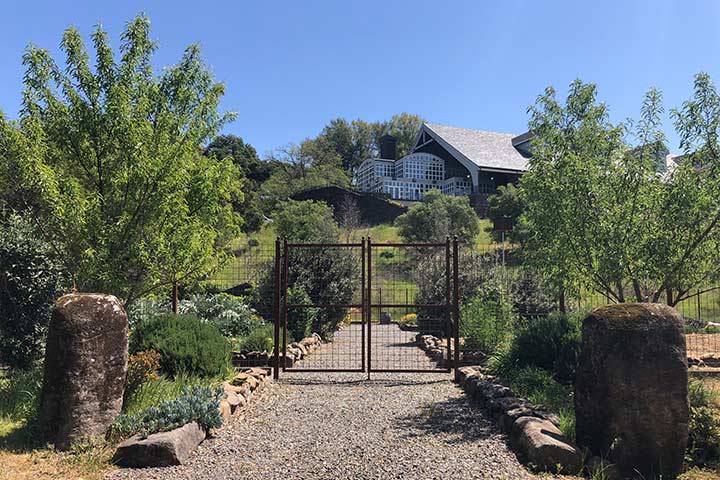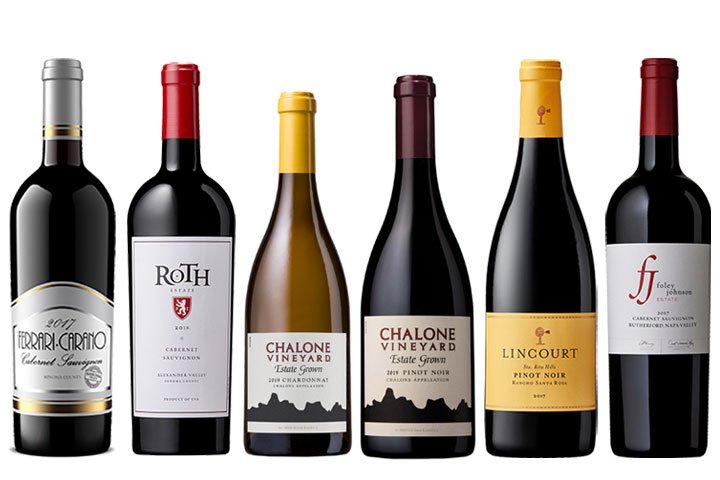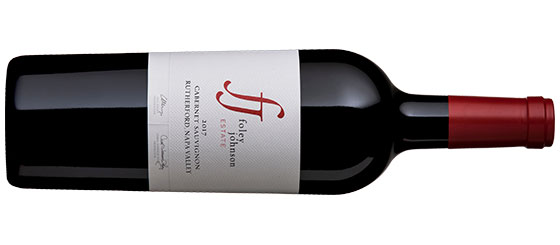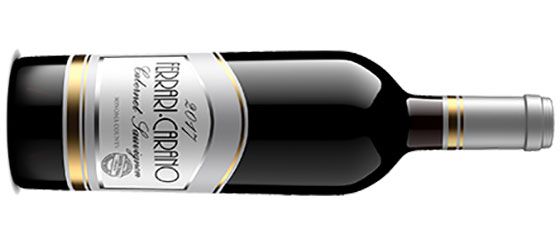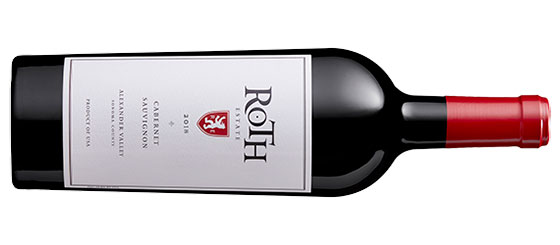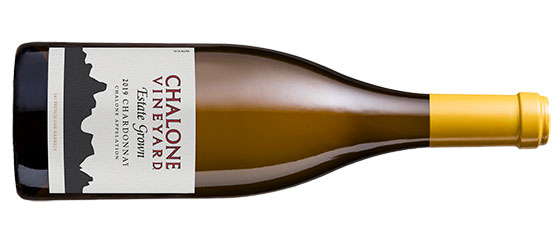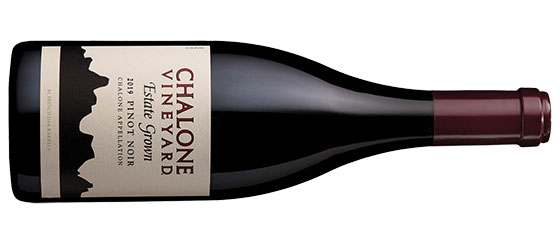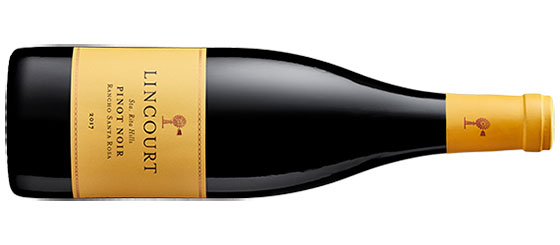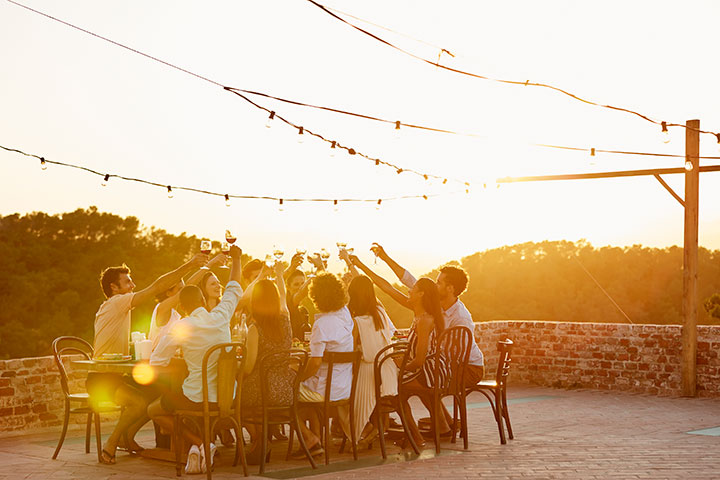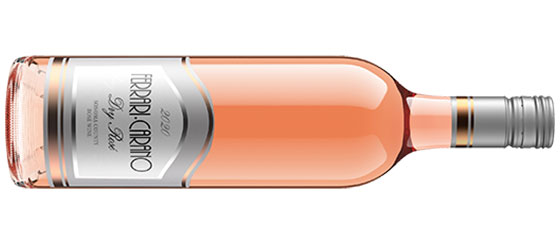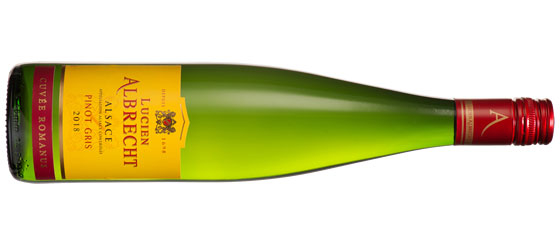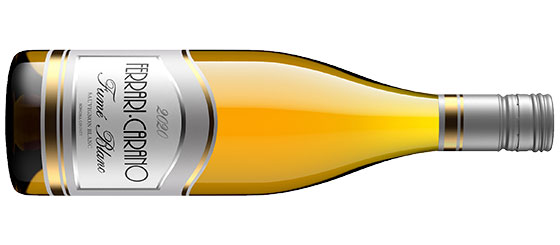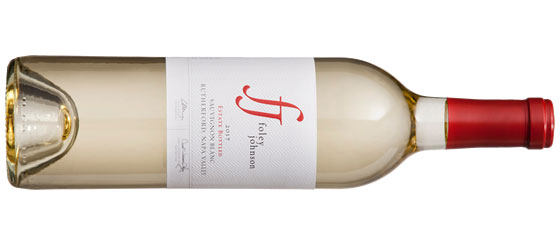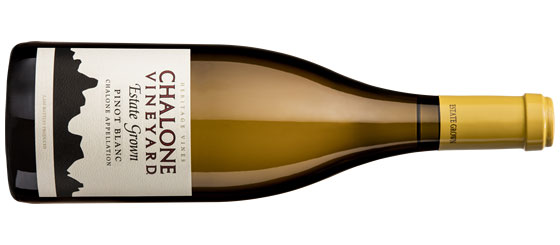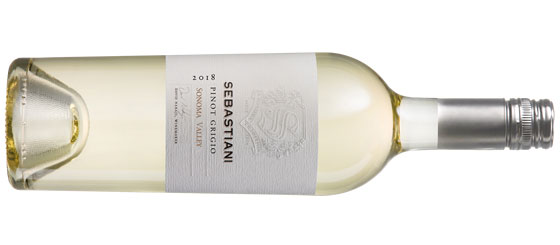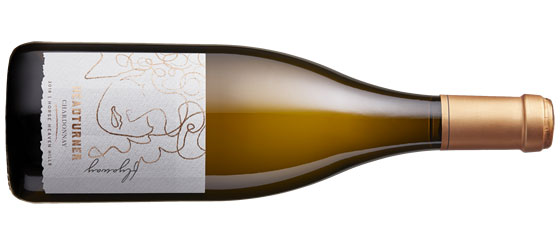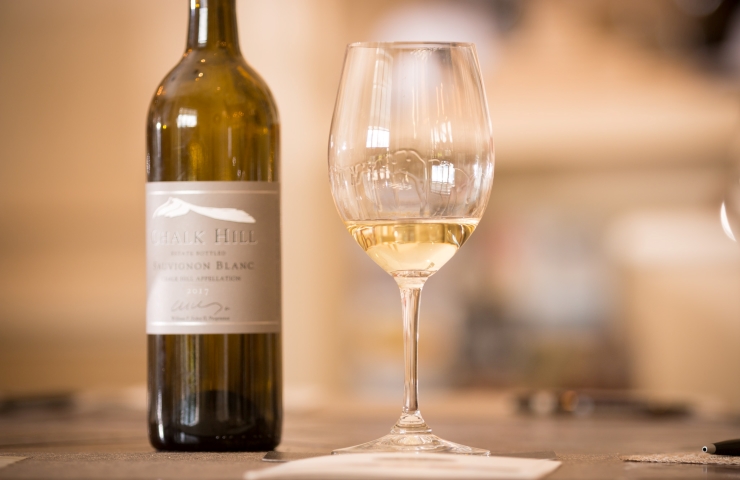Now that the world is re-opening, our calendars are filling up with fun plans, and we’re finding ourselves craving new and exciting experiences. If you’re looking for novelty and adventure, skip the old wine country standbys like Napa and Sonoma for your next road trip—we suggest taking a beautiful drive to California’s Central Coast. Bring your loved ones for a long weekend filled with sunshine, great food, and of course, great wine.
We’ve got the perfect itinerary all planned out, thanks to fantastic suggestions from Lindsey Jessup, Director of Guest Experiences & Tasting Rooms for Foley Estate, Lincourt Vineyard, Firestone Vineyard, Sebastiani, Chalk Hill, Foley Sonoma, Foley Johnson, Four Graces. All you have to do is book your reservations—so you can just relax and enjoy the getaway!
BUELLTON
A Friendly and Welcoming Small Town
Rise and Shine with Breakfast at Paula’s Pancake House
This cozy, old-fashioned local favorite spot is where the Foley family eats when they’re in town. Few can resist the thin, airy, crêpe-like Danish pancakes, served with juicy strawberries and fresh whipped cream.
Make Some Feathered Friends at Ostrich Land
This Central Coast Landmark is fun for the whole family. Get up close and personal with the ostriches and emus at this farm, where you can feed the birds for just a buck. If you’re lucky, you might get to see some babies!
Have a Mid-Day Meal at Industrial Eats
This hip restaurant, set in a repurposed warehouse, offers affordable eats made from premium ingredients grown on-site. Meat lovers and vegetarians alike will be delighted with the menu, which includes wood-fired pizzas, flavorful sandwiches, and lots of tasty small plates. Pro tip: ask for the secret breakfast item of the day, cooked in the wood-fired oven—and don’t skip the phenomenal coffee!
Sip Central Coast Wine at Spear and Dierburg Star Lane
Spear is a family-owned, sustainable, and certified-organic winery in the heart of the Sta. Rita Hills appellation, with a stunning glass-walled tasting room, that just might be the best-kept secret in the AVA. Enjoy panoramic vineyard views and laid-back luxury while you sip Spear’s elegant Pinot Noir, Chardonnay, and Syrah wines that combine old-world sensibilities with flavorful California fruit.
Then head over to Dierburg-Star Lane, where the winery’s three distinctive estate vineyards produce diverse expressions of Cabernet Sauvignon, Chardonnay, Merlot, Pinot Noir, Sauvignon Blanc, and Syrah. The Dierberg label is centered on the delicate Burgundian varieties, while Star Lane is dedicated to the powerful grapes of Bordeaux. The contemporary farmhouse aesthetic at this welcoming estate is the perfect mix of rustic comfort and modern elegance.
Dine-in Style at Zaca Creek
This brand-new luxury retreat features a fantastic restaurant, The Tavern at Zaca Creek. Executive chef Cullen Campbell, who has twice been invited to cook at the James Beard House, serves up classic French- and Italian-style cuisine made from locally sourced ingredients, accompanied by a killer wine list and an outstanding cocktail program.
SOLVANG
A Unique Danish-style Town With Old-World Flair
Grab Breakfast at Brekkies
There’s something for everyone at this charming breakfast spot, including plenty of vegan options. Go early to skip the line; it’s a popular location for good reason! The hearty Monte Cristo sandwich is a favorite of adventurous (and hungry) diners—two slabs of brioche French toast are stuffed with ham, turkey, and warm melted cheese, topped with powdered sugar, and served with maple syrup, raspberry preserves, and tater tots.
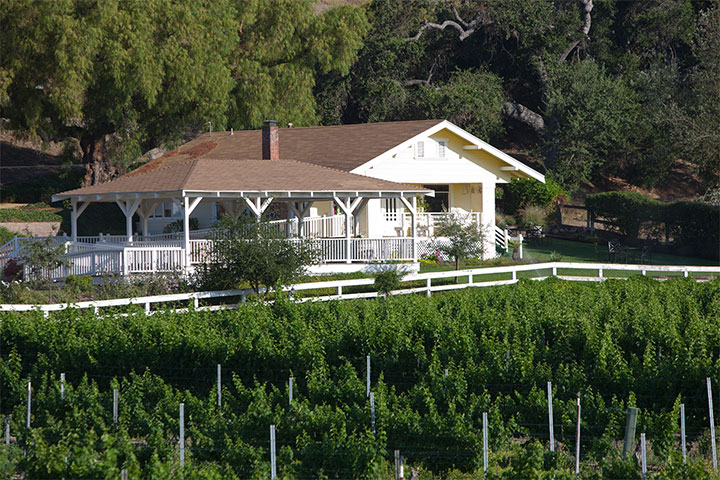
Enjoy a Relaxed, Intimate Tasting at Lincourt Vineyards
FFWS members won’t want to miss a stop at Lincourt Vineyards, where a relaxed environment and friendly, knowledgeable tasting room staff will make you feel right at home while you sip cool-climate, expertly crafted wines. Here you’ll find the usual favorites like Chardonnay, Pinot Noir, and Cabernet Sauvignon as well as an Austrian-inspired white made from Grüner Veltliner.
Embark on a Danish Pastry Crawl
Pick up some pastries from Solvang’s various Danish-style bakeries and enjoy a walk around the idyllic, picturesque town. Local favorites include the aebleskivers—balls of fried dough traditionally sprinkled with powdered sugar and drizzled in raspberry sauce—at Aebleskiver Café, handmade fudge at Old Danish Food Farm, and intricate gingerbread creations at The Solvang Bakery.
SANTA YNEZ
A Sophisticated, Modern Cowboy Town
Fill up on Mexican Food at Dos Carlitos
This outstanding spot is known for incredible food and strong margaritas. Perfectly sized portions of flavorful food make this restaurant a favorite of locals and visitors alike. It’s hard to go wrong here, whether you try the halibut ceviche, the fish tacos, or the pozole—which some fans say is the best they’ve ever had.
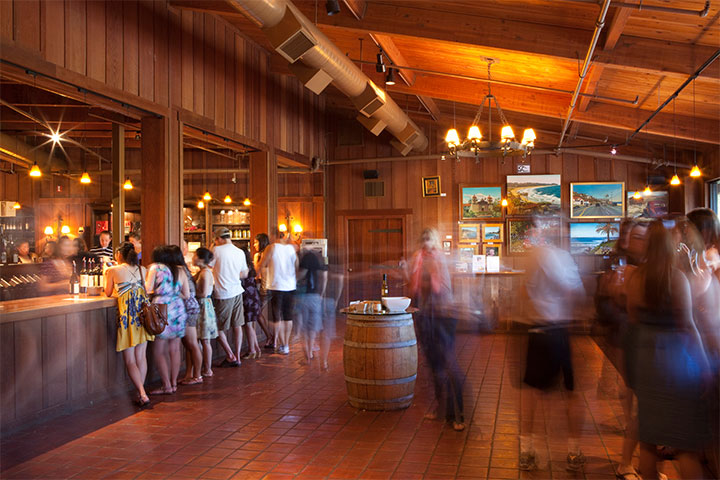
Make Yourself at Home at Firestone Vineyards
Established in 1972, Firestone was the first major estate winery in the Santa Ynez Valley. Close proximity to the Pacific Ocean makes this sunny, mild climate perfectly suited for growing a wide range of varieties, including the classics of Bordeaux, Burgundy, and the Rhône. You’ll find a diverse selection here to please all palates, including Malbec, Merlot, Petit Verdot, Cabernet Franc, Sauvignon Blanc, Riesling, and Gewürztraminer, as well as favorites like Chardonnay, Cabernet Sauvignon, and Pinot Noir.
Indulge in Italian Fare at SY Kitchen
This upscale restaurant, owned by two Italian brothers, serves up real Italian food and craft cocktails with a modern spin. The menu, prepared from local ingredients, changes with the seasons, but always includes great homemade pizza and pasta options. Don’t miss the warm octopus salad! If you’re lucky, you might spot a celebrity or two at this trendy spot.
LOS OLIVOS
An Idyllic Countryside Locale
Fuel Up for the Day at Los Olivos Café
Grab a filling early lunch at Los Olivos Café before a day of wine tasting. Most of the produce here is grown at the eatery’s organic farm, less than a mile away. The Wine Spectator award-winning wine list includes a large selection of wines by the glass, as well as bottles to-go, so you can easily bring home a taste of the Central Coast.
Experience the Tasting Rooms of Los Olivos
Spend the afternoon exploring some off-the-beaten-path wineries. Fresh Garage is a hot new offshoot of Stolpman vineyards, featuring natively fermented wines made by a process called carbonic maceration, which produces deliciously juicy, fresh red, rosé, and orange wines designed to be served joyfully chilled. Story of Soil is a must-visit destination for Pinot lovers, focused on small-batch single-vineyard Pinot Noir that tells a captivating tale of terroir. Carhartt is a small family-owned winery where you’ll find around 25 different varieties and blends made in tiny lots from varieties ranging from the typical to the uncommon. And don’t pass up a stop at the Dragonette Cellars or Liquid Farm tasting room, as they are in the same building!
LOS ALAMOS
A Charming Old West Revival
Visit the Secret Priedite Barbecue Pop-Up
Make sure to grab a coffee before you head over to this super-hot Priedite Barbecue weekend-only breakfast pop-up—you’ll want to get in line right when they open at 9:00 a.m.! The pop-up lasts until the food is sold out, and it only happens every other weekend. Check the calendar before you plan your trip so you don’t miss local favorites like smoked brisket, ribs, and housemade ranchero sausage!
LOMPOC
A Coastal Wine Paradise
Experience the Wines of Foley Estates
Taste world-class wines at Foley Estates, one of the Central Coast’s most important wineries thanks to perfectly located vineyards and meticulous winemaking protocols. Pinot Noir, Chardonnay, rosé, and Syrah are the stars of the show here, but the beautiful vineyard views from the back patio don’t hurt, either.
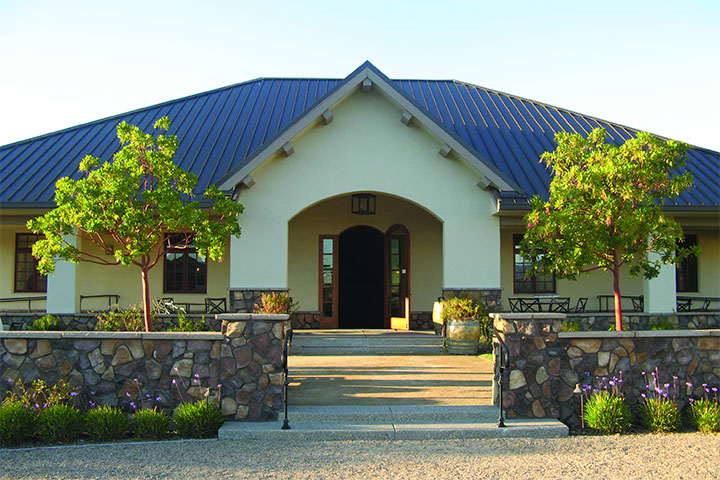
Where to Stay: The Ritz-Carlton Bacara
No visit to the Central Coast is complete without a stay at The Ritz-Carlton Bacara, which features ocean-front views, easy access to local wineries and restaurants, and luxurious five-star amenities. But the best part? That would be the elegant, intimate Foley Food & Wine Society Wine Tasting Room, where you’ll find a 12,000 bottle cellar and tasting flights of many of your FFWS favorites, including Kuleto Estate, Chalk Hill Estate, Sebastiani, and Lancaster Estate.
